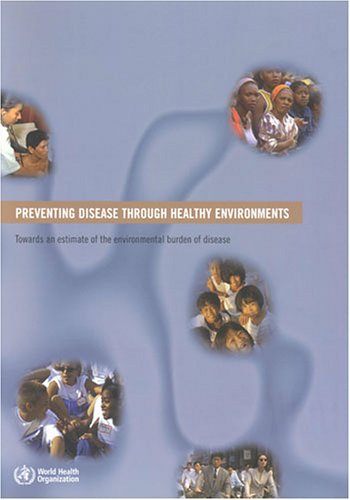
Read Preventing Disease Through Healthy Environments: Towards an Estimate of the Environmental Burden of Disease book online now. You also can download other books, magazine and also comics. Get online Preventing Disease Through Healthy Environments: Towards an Estimate of the Environmental Burden of Disease today. Are you Looking Download or read Preventing Disease Through Healthy Environments: Towards an Estimate of the Environmental Burden of Disease for free..? enjoy it.
***This book is a winner of the British Medical Association's 2007 annual Medical Book Competition. Highly commended in the Public Health category***
How much disease could be prevented through better management of our environment? The environment influences our health in many ways - through exposures to physical, chemical and biological risk factors, and through related changes in our behavior in response to those factors. To answer this question, the available scientific evidence was summarized and, more than 100 experts were consulted for their estimates of how much environmental risk factors contribute to the disease burden of 85 diseases. This report summarizes the results globally, by 14 regions worldwide, and separately for children.
The evidence shows that environmental risk factors play a role in more than 80% of the diseases regularly reported by WHO. Globally, nearly one quarter of all deaths and of the total disease burden can be attributed to the environment. In children, however, environmental risk factors can account for slightly more than one-third of the disease burden. These findings have important policy implications, because the environmental risk factors that were studied largely can be modified by established, cost-effective interventions. The interventions promote equity by benefiting everyone in the society, while addressing the needs of those most at risk.
